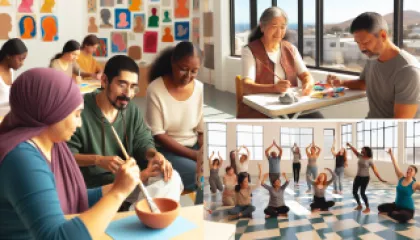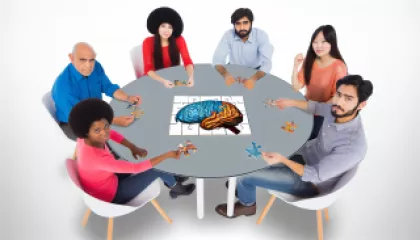Mastering Creative Therapy: A Comprehensive Guide
1 year ago
Creative Therapy
The world of therapy is as vast and varied as the individuals it seeks to help. Among its many branches, one stands out for its innovative approach and transformative potential: Creative Therapy. This therapeutic discipline employs art, music, dance, drama, writing, and other forms of creative expression as conduits for healing and personal growth.
What Are Cognitive Biases and How Can You Overcome Them?
1 year ago
Cognitive Biases
Have you ever wondered why we sometimes make poor decisions or come to incorrect conclusions, even when we think we're being logical? The answer may lie in cognitive biases. These unconscious mental shortcuts can greatly influence our thought processes and decision making. In this article, we'll delve into the world of cognitive biases, exploring what they are, how they affect us, and ways we can overcome them.
Exploring the Science of Personal Growth: Key Research Findings
1 year ago
Personal Growth
Personal growth is an essential aspect of human life, encompassing everything from achieving career goals to improving mental health and nurturing relationships. The science behind personal growth is a fascinating field, with numerous studies and research findings shedding light on how individuals can foster their development effectively. This article delves into these key research findings, exploring the science of personal growth.



